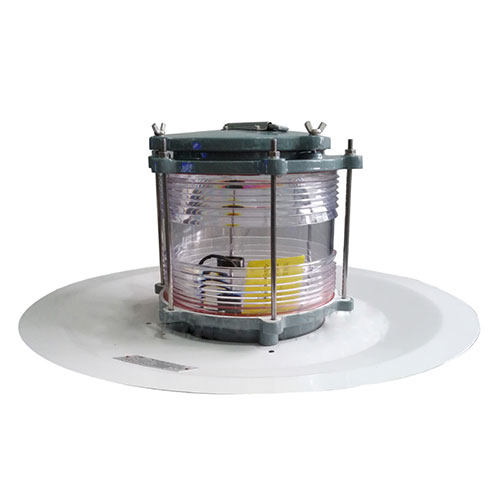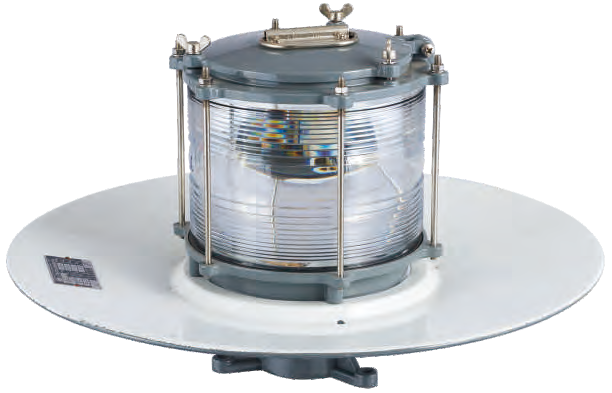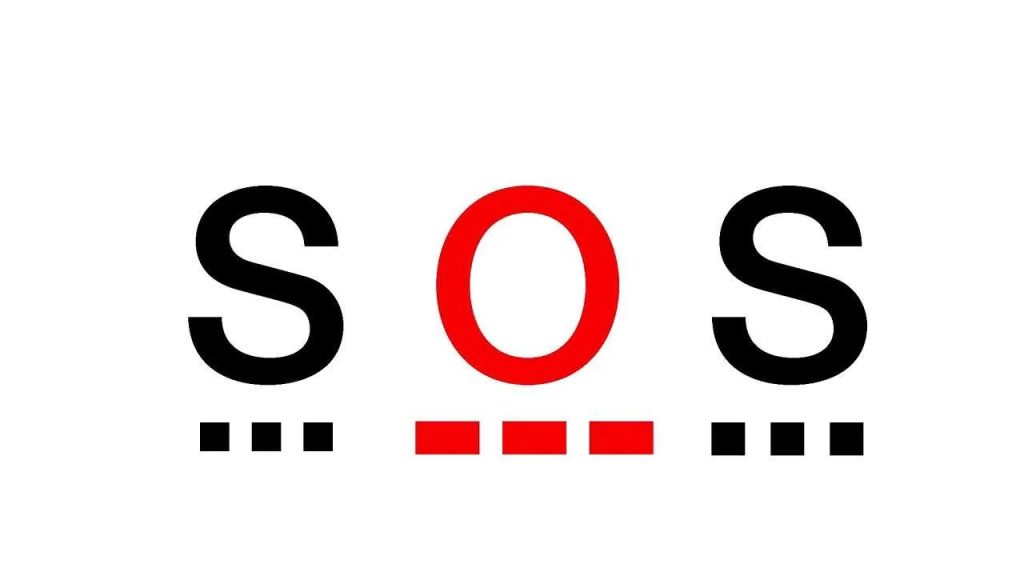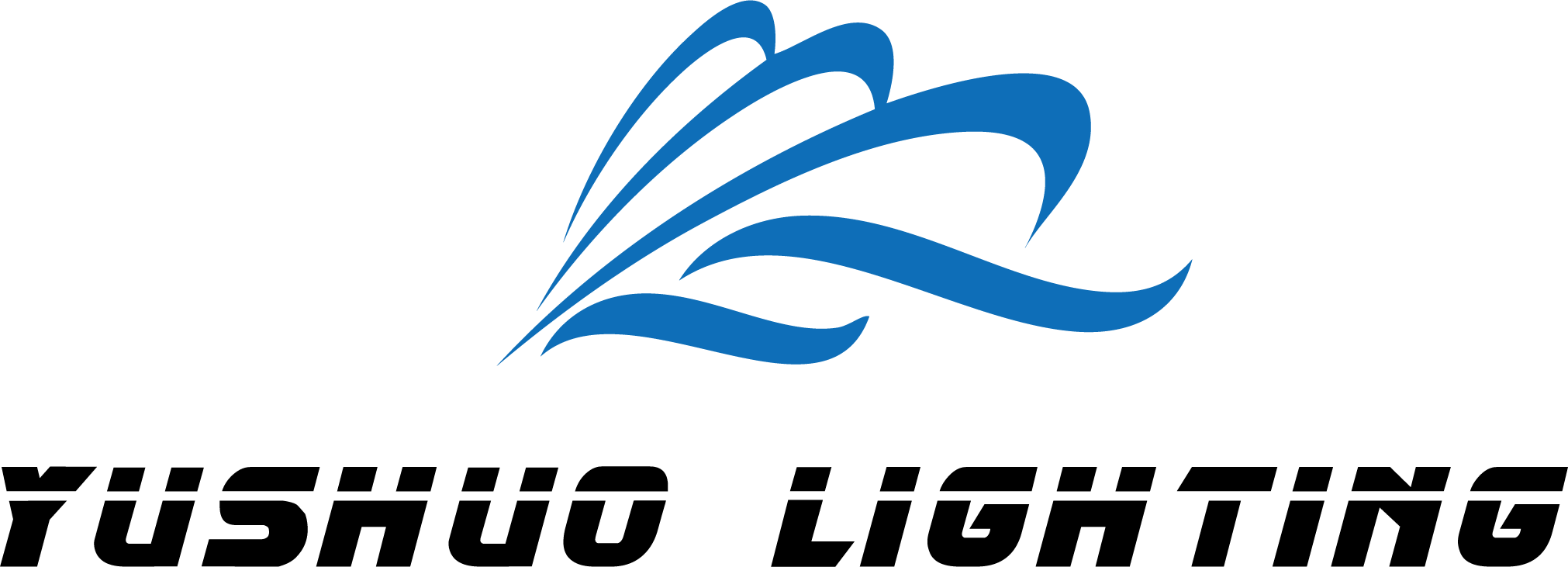Why Morse Code Lights are Still Critical in Modern Marine Navigation
Table of Contents
In an age of satellite communications, GPS navigation, and advanced radar systems, one might naturally wonder—why are ships still equipped with Morse code lights?
Even with modern technology, as every seafarer knows, the ocean can be unpredictable. From electromagnetic interference to complete power outages, the sea can quickly silence even the most sophisticated equipment. In these situations, Morse code lights are more than just a legacy; they’re a lifeline.
How Morse Code Lights Work
Morse code relies on a series of short and long signals, often represented as dots (short) and dashes (long). When applied to lights, these signals are transmitted as flashes of light with distinct durations. Operators on vessels use signaling lamps or modern LED systems to send Morse code messages. The recipient deciphers the patterns to interpret the message.

Why Morse Lights Still Matter in Modern Navigation
Despite digital advances, Morse Code Lights continue to play an irreplaceable role in maritime safety and communication.
The Ultimate Backup When Technology Fails
Morse signaling requires no radio frequencies, satellite connections, or any network dependencies.
It is a purely optical communication system that can operate even in the event of power outages or system failures, radio blackouts caused by interference, electronic warfare, or restricted operations.
In short, it can function even when all else fails. This reliability is crucial for naval fleets, research vessels, and merchant ships; it can save lives in times of crisis.
2. Legally Mandated Safety Equipment
According to the International Maritime Organization (IMO) and the International Convention for the Safety of Life at Sea (SOLAS), visual signaling remains a mandatory component of every ship’s safety checklist.
Even ships equipped with comprehensive digital communications must still be equipped with Morse code signaling lights.
3. Minimal Maintenance, Maximum Longevity
Unlike other electronic devices, the Morse lamp requires no software or networking, and has virtually no risk of failure. It only requires basic training, regular inspections, and occasional lens cleaning.
For ship operators, this means greater safety and reliability at lower operating costs on long voyages.
4. Silent and Secure Communication
In certain operations — such as military missions, port approaches, or night docking — silence is essential.
Morse Light Signals allow ships to exchange messages without radio transmission, keeping communication discreet and interference-free. This makes them a trusted tool in both naval and covert research applications.

How to Use Morse Code Lights Effectively
Morse code light signals are the most reliable way to transmit information over long distances, using only light and rhythm.
Understanding the Basics of Morse Code Lights
A Morse Code Light, also known as a Morse Signal Light or Aldis Lamp, communicates using a sequence of short and long flashes — known as dots (·) and dashes (–). Each letter and number in the Morse code alphabet corresponds to a unique pattern of flashes.
For example, the universal distress signal SOS is transmitted as “· · · – – – · · ·”. In marine navigation, these light signals can be used for ship-to-ship communication, coastal signaling, or emergency distress alerts when radio communication is unavailable.

How to Operate a Morse Code Light
Effectively using a Morse signal requires timing, rhythm, and practice. Here’s a simple guide:
Step 1: Turn on the signal light and ensure the lens is clear.
Step 2: Manually control the light using the trigger or shutter button.
Step 3: Know that a short flash represents a dot (·) and a long flash represents a dash (-).
Step 4: Maintain consistent spacing—each dot represents one time unit, and each dash represents three time units. Spaces between letters or words should be clear.
Step 5: Aim the light at your target, typically another ship or a coastal signal station.
Finally, confirm the response signal on the receiving end to ensure successful communication.
💡 Pro Tip: Practice standard messages and distress signals in calm weather before a real emergency occurs.
Practical Tips for Effective Use at Sea
Even seasoned mariners face challenges when using light signals on the open sea. To ensure effectiveness:
- Use the correct brightness: Too dim, and the signal won’t travel far; too bright, and it may blur the pattern.
- Avoid background glare: Position the lamp away from navigation lights or reflections on wet surfaces.
- Use the correct angle: Keep the beam steady even in high waves — some professional lights, like Yushuo’s CXD7 Morse Code Signal Light, feature shock-resistant brackets for stability.
Communicate in clear weather if possible, but if fog or rain reduces visibility, use slow, deliberate flashes to improve legibility.
Advantages of Morse Code Lights in Marine Navigation
This chart highlights the key benefits of Morse code lights, emphasizing their relevance and versatility in modern marine vessel navigation.
| Advantage | Description |
| Universal Communication | Recognized worldwide, overcoming language barriers for seamless vessel communication. |
| Reliability in Adverse Conditions | Functions effectively in storms, fog, and other challenging weather conditions. |
| Low-Cost Solution | Affordable to install and maintain compared to advanced electronic systems. |
| Dependable Backup | Serves as a reliable alternative during power outages or radio malfunctions. |
| Long-distance Visibility | Bright light signals can be seen over vast distances, even at night. |
| Silent Communication | Enables discreet messaging, useful in tactical or noise-sensitive operations. |
| Ease of Use | Simple to operate with minimal training required for effective deployment. |
| Emergency Adaptability | Effective for transmitting distress signals, such as the universal SOS code. |
| Energy Efficiency | Low power consumption, with solar-powered options available for sustainability. |
| Preservation of Tradition | Keeps maritime heritage alive while blending with modern innovations. |
Why Recommend Yushuo Morse Code Signal Lights
When it comes to performance and durability, Yushuo CXD7 Morse Code Signal Light stands out as a professional-grade choice for marine vessels.
It features a high-temperature-resistant aluminum housing, IP66 waterproof design, and anti-vibration structure ideal for use on deck or in ship bridges.
Unlike ordinary signal lights, Yushuo Morse Lights maintain stable illumination even under high humidity, corrosion, and mechanical shock — conditions typical in naval or commercial marine environments.
Whether for emergency distress, naval signaling, or training purposes, Yushuo ensures reliability when communication truly matters.
Conclusion
In summary, simplicity, reliability, and universal applicability make more code lights indispensable for emergency signaling, inter-vessel communication and training in marine navigation lighting system. As maritime operations continue to modernize, Morse code lights serve as a bridge between traditional and contemporary navigation practices, ensuring safety and efficiency at sea.

